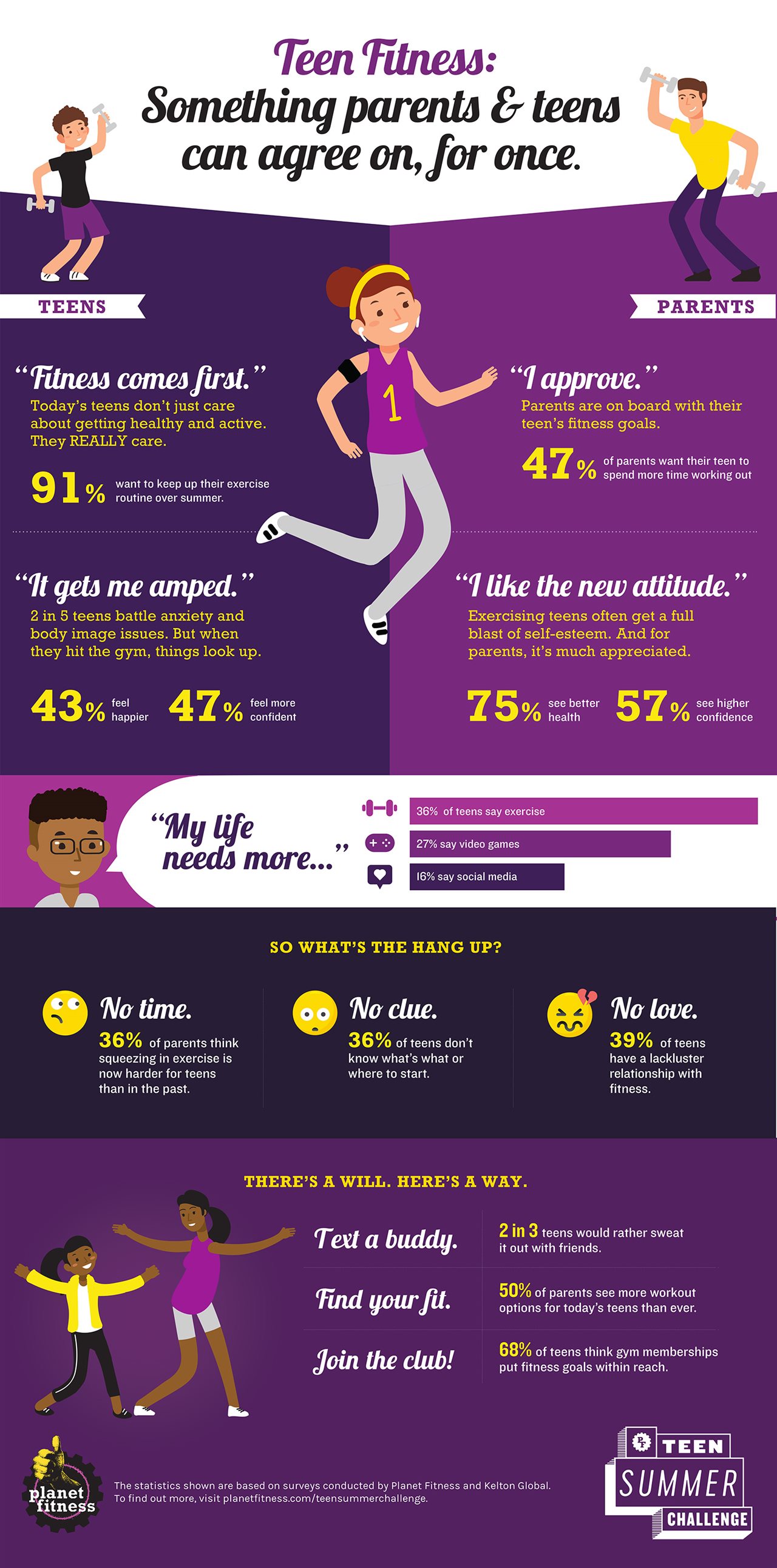2019-05-17T07:01:00
(BPT) – Elissa Reynolds was preparing to move to Indianapolis and begin an exciting new chapter in her life. Knowing her upcoming move meant she would be without health insurance for a time, the 36-year-old decided to get any potential health issues examined while she still had coverage.
After experiencing dizziness and a rapid heart rate, Reynolds visited Northeast Georgia Medical Center in Gainesville, Georgia, where scans of her lungs revealed pulmonary emboli — blockages in her lung arteries. Doctors determined they were a secondary effect of an unknown cancer that had started in her colon and spread to her liver. Having displayed no cancer symptoms, Reynolds was shocked by a stage four colorectal cancer diagnosis.
“It was a strange conversation with my doctors,” Reynolds says. “But I was determined to do whatever it took to beat cancer, so I began researching all of the treatment options I could.”
World-class care in her community
At first, Reynolds’ mother was adamant that she travel to a large cancer care center in a major city for treatment. However, her research led her to realize she could receive cutting-edge care close to home.
“Meeting my oncologist, Dr. Christina Saurel, and surgeon, Dr. Ken Dixon, gave me a whole new perspective on the level of innovative care I could receive locally,” she says.
While Reynolds and her health care team initially embarked on a traditional chemotherapy course, due to the advanced nature of her cancer, they also considered other options.
“Because Elissa presented with an advanced colon cancer that had spread to her liver, we were uncertain of her care and had to think outside the box,” Saurel says. “Although one of her tumors responded to chemotherapy and shrank to the point Dr. Dixon could remove it, the other tumor did not, which meant we had to get creative.”
A new option for personalized treatment
Thankfully, Reynolds had other options to consider because Dixon did something many cancer surgeons don’t — after removing her tumor, he preserved her living tumor tissue and shipped it to a state-of-the-art laboratory, where specialists tested the cells with more than 130 drugs to see what potential future treatments would be most effective.
Dixon understands no two cancers are the same, and he knew that her living tumor sample could offer information on how to treat her unique cancer that a traditional tissue sample could not. He feels so strongly about this matter that he founded SpeciCare, an organization dedicated to helping patients across the country preserve their living tumor tissue for their own benefit.
“Under current practice guidelines, cancer tissue dies when it is removed, which limits the information it can provide,” Dixon says. “However, if a tumor is preserved alive and tested, it has the power to unlock the secret to personalized care. SpeciCare links research, clinical care and precision medicine, so patients have the greatest chance at survival.”
Hope for the future
The tests on Reynolds’ living tumor tissue found 20 new treatment options for her care team to consider that likely would have remained unknown if Dixon had not preserved her tumor. In fact, none of the new therapy options revealed through the tests are commonly used for metastatic colorectal cancer; traditionally, they are prescribed for other cancers, such as leukemia and breast cancer.
“Cancer is very tricky — you can’t always predict how a person’s unique cancer will react to a drug based on its location,” says Dixon.
For Reynolds, it doesn’t matter how the drugs are normally used; her only concern is whether they kill her tumor cells. Now, because of the new treatment options available to her, Reynolds knows that if her cancer stops responding to one drug, there are other therapies she can try. Also, her living tumor tissue tests helped identify two clinical trials she can pursue.
“Without SpeciCare there would be no more options for me; I’d be living with the tumor. Now this is giving me hope of shrinking it and having it removed,” Reynolds says. “This has opened up so many more options for treatment. It’s been a crazy journey, but it’s also been pretty miraculous.”
To learn more, visit specicare.com/hope or call 833-242-2873.
















